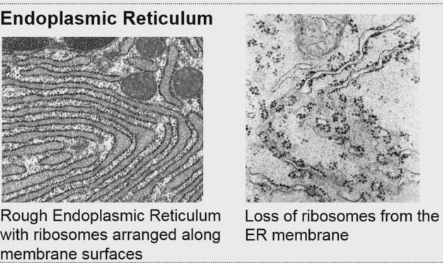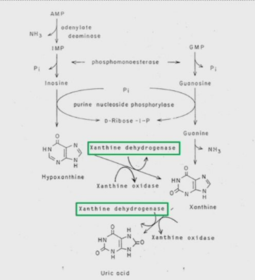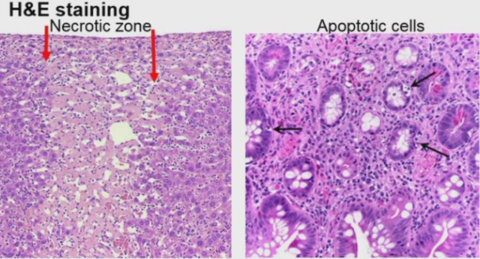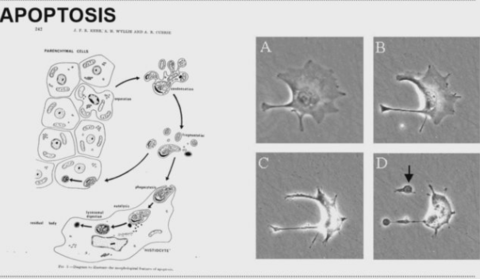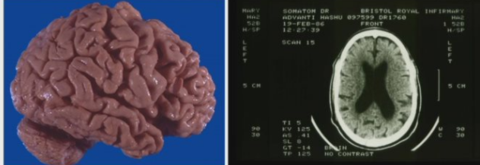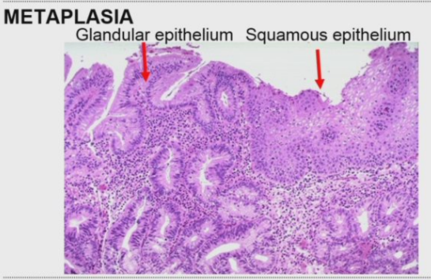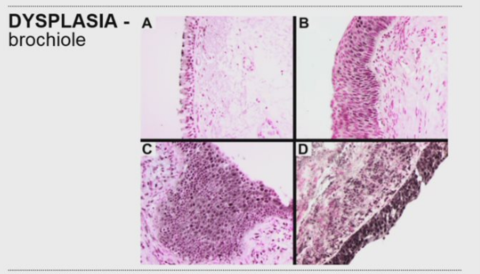Year 1 Pathological Responses of Cells Flashcards on Cell and Tissue Damage LII, created by Anna mph on 30/04/2016.
Pinned to
408
1
0
No tags specified
|
|
Created by Anna mph
over 8 years ago
|
|
Close

